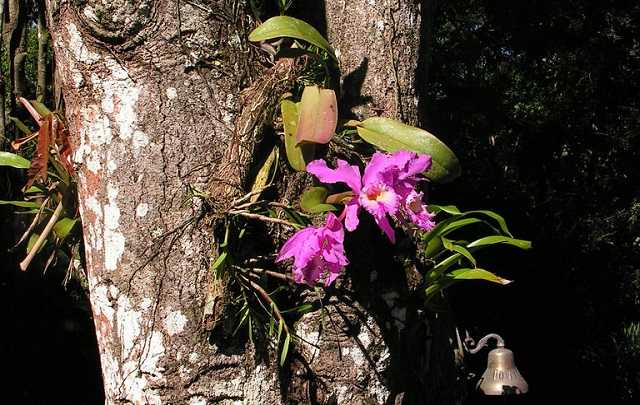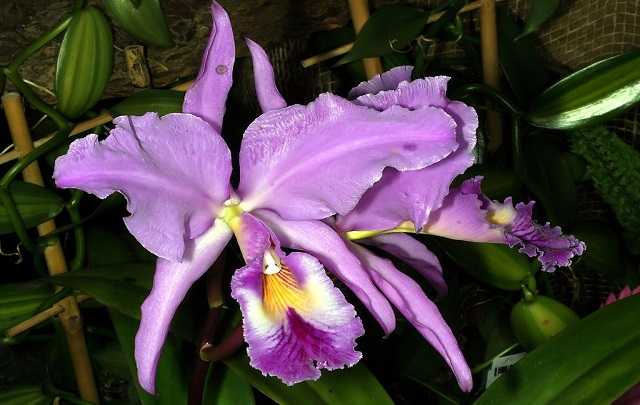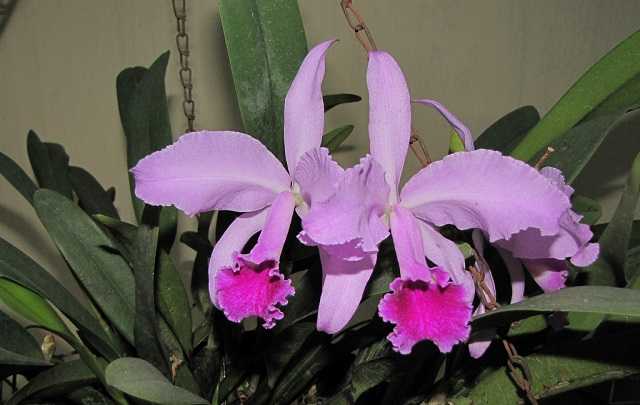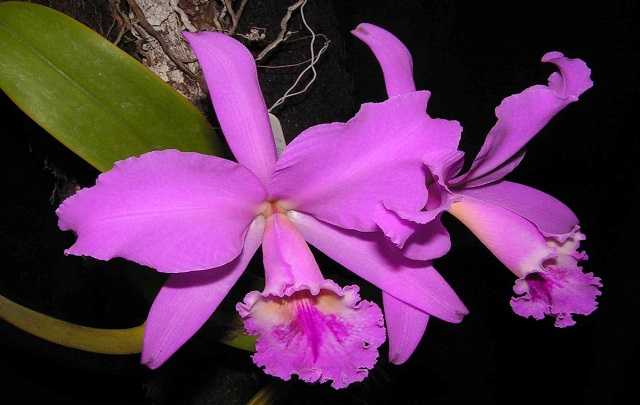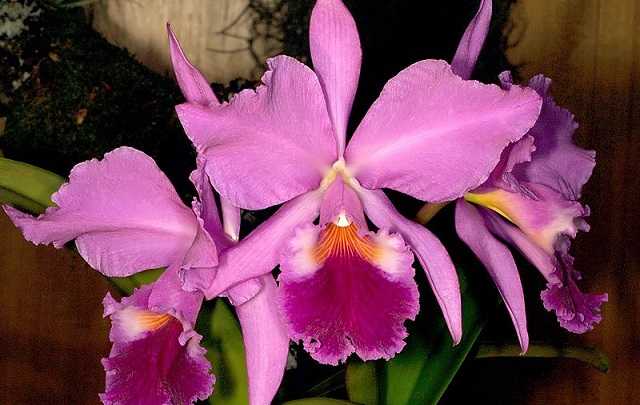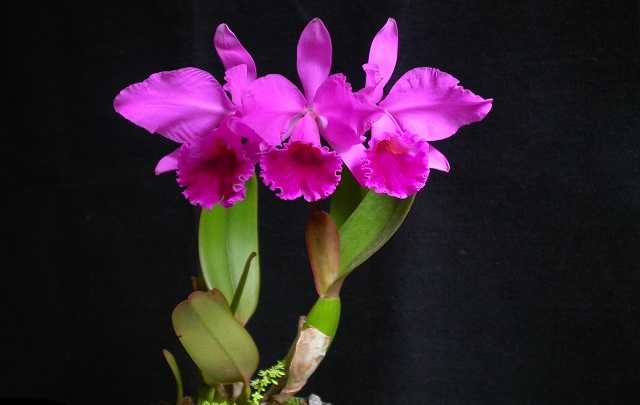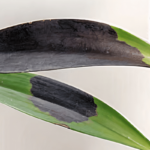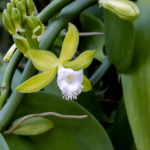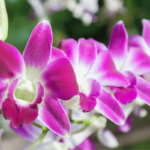The Cattleya Labiata, popularly known as the Queen of the Northeast, Queen of the Backlands, or Queen of Orchids, is a native Brazilian orchid species.
This epiphytic orchid grows sympodially and is typically found in orchid nurseries in this country.
Keep reading this article to learn everything about this orchid, its history, blooming, cultivation, and more.
History
We can say that Cattleya Labiata was the orchid that showed the presence of the Cattleya genus in Brazil. It was the first Cattleya species cataloged in Brazil and one of the first orchids to be cultivated.
In 1818, William Swainson, a plant collector, discovered it in the Brazilian Northeast and sent it to England along with a package of various newly discovered plants.
The species was introduced to horticulture almost 200 years ago and has since been one of the most sought-after species for cultivation, extensively exploited for commercial purposes.
CNC Flora – National Center for Flora Conservation
After a few years of cultivation, this Cattleya finally bloomed in the greenhouses of cultivator William Cattley, and it was described in 1821 by John Lindley.
The flowers of this plant were very large and had a beautiful color, so several expeditions returned to Brazil to obtain more specimens of this orchid.
However, there was a problem: William Swainson, the collector who found this plant, did not accurately report where he had discovered this orchid.
He probably found it in some state in the Northeast, but in his report, he said he found it in Rio de Janeiro.
Thanks to this small error, this orchid remained lost for several years, only to be rediscovered in 1889.
Characteristics
This orchid can mainly be found in the Brazilian Northeast, especially in the following regions:
- Agreste
- Sertão
- Zona da Mata
- Caatinga
And among the states, it is mainly found in:
- Pernambuco
- Ceará
- Paraíba
- Alagoas
- Espírito Santo
- Rio de Janeiro
These orchids are usually found in places 31 to 250 miles (50 to 400km) from the coast and at altitudes ranging from 1640 to 3,280 feet (500 to 1000 meters) above sea level.
One curiosity about Cattleya Labiata is its use in hybridization. Thanks to its flowers and perfume, this species has been used in the creation of more than 12,000 orchid hybrids.
Recommended for you:
- Vanda Orchid Care – The Complete Guide For Beginners
- Dendrobium Orchid Care: A Step-by-Step Guide
- Cymbidium (Boat Orchid) Care: A Step-by-Step Guide
Flowers
The Labiata gained great prominence due to the size and smell of its flowers.
It blooms from November to April, peaking in March. To ensure this orchid blooms, provide good light and high humidity.
Each flowering cycle produces 2 to 5 flowers ranging from 4 to 10 inches (10 to 25cm) in length. As for its perfume, it is strong and pleasant, being stronger in the morning.
Fun Fact: The perfume Chanel No. 5 was made based on the smell of these orchid flowers.
Cultivation of Cattleya Labiata
Like most Cattleyas, this orchid is easy to care.
As it is accustomed to warmer regions and is usually found in the Northeast, Cattleya Labiata is recommended for people living in similar areas.
If you live in a very cold region, you may have some difficulties in cultivating this plant. Below are the key factors for successful cultivation of this orchid:
Lighting and Temperature
Lighting and temperature are two different but closely related topics. This orchid loves plenty of light; you can expose it to indirect light for a long time. Some tips on lighting include:
- Use a 40% shading net.
- Provide medium lighting of 50%.
Regarding temperature, due to its natural habitat, they prefer a warmer climate. The temperature can vary between 64°F and 95°F (18°C and 35°C), and about 70% humidity is ideal.
Potting Mixes
Cattleya Labiata is one of the Cattleyas that presents more chlorophyll in the roots.
Therefore, a good potting mix for this plant should provide good aeration for its roots. Following these rules, some potting mixes options are:
- Coconut chips
- Pine bark
- Charcoal
- Gravel
Before putting the potting mix in your Cattleya, remember to wash it well to avoid contamination by fungi and pests.
Where to Plant
Being an epiphytic orchid, this orchid cannot be planted in the soil. However, there are many places where you can plant or fix them, and the main ones are:
- Clay pots (shallow and tight)
- Cache pots (small)
- Pieces of wood
- Plastic pots
Remember that preferably the pot should provide good exposure of the roots to the sun for the Cattleya to photosynthesize, and it should not retain water.
Water retention, especially at the bottom of the pot, can cause various diseases in your orchid.
Watering and Fertilization
Watering and fertilization are essential factors for the vast majority of orchids.
Cattleya Labiata is usually watered twice a week during summer and once a week during winter. Remember, be careful with excess moisture in the pot and soil; this can rot the roots of your plant.
As for fertilization, you can use both organic and chemical fertilizers.
With chemical fertilizers, fertilization is performed once a week or every 15 days, depending on the fertilizer you use and the amount you apply to the plant. Preferably, choose fertilizers that dissolve in water.
Pests and Diseases
There are various pests, diseases, and fungi that can attack your orchid.
As mentioned earlier, one of these is the rotting of its roots, also known as black rot. There are also other diseases and pests, so follow these tips to avoid these problems:
- Wash your substrates well before putting them on your orchid.
- Always sterilize your scissors before pruning orchids.
- Place your plant in a clean and well-maintained location for cultivation.
- Occasionally check your plants to find pests or diseases.
If you follow these tips, you will likely avoid most problems caused by pests, diseases, and fungi.
Repotting
Replanting is necessary for almost all orchids; therefore, if you want to be an orchid grower, you need to know how to do it.
Division, on the other hand, is optional; you will only do it if you want new seedlings of your orchid.
Regarding replanting, you should do it after the flowering of Cattleya, which usually occurs after April.
To learn how to repot this orchid, watch the video below:
Varieties
One of the great characteristics of Cattleya orchids is their varieties.
In the case of Labiata, it presents us with a large number of varieties where the main difference between them is the characteristics of their flowers. Among the main varieties are:
- Alba
- Alba plena
- Tipo
- Caerulea
- Ametistina
- Ardósia
- Caerulens
- Violeta
- Concolor
- Flamea
- Lilás
- Pérola
- Rubra
- Semialba
- Suave
- Amoena
- Venosa
Most of these varieties are easy to find in orchid nurseries.
Conclusion
Cattleya Labiata is one of the biggest attractions among orchids. If you are still unsure about which orchid to cultivate, this can be a great option as it is easy to cultivate and can offer you great flowers.
If you want to learn more about Cattleya orchids, read these articles below:
- Cattleya Walkeriana – How to Care in 7 Simple Steps
- Cattleya Intermedia – Types, Varieties, and How to Care
If you liked this article, help us reach more people, click the buttons below and share this article on your social networks.

